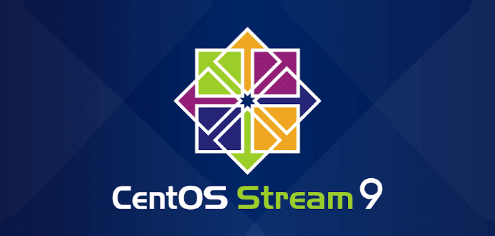
Initial Settings
There are many cases to use text editor on CUI terminal, so it's more convenient to install editors with advanced features like Vim.
Step [1] Install Vim on this example.
[root@bizantum ~]# dnf -y install vim-enhanced
Step [2] Set command alias for your own environment.
[root@bizantum ~]# vi ~/.bashrc
# add alias to the end
alias vi='vim'
# apply changes
[root@bizantum ~]# source ~/.bashrc
Step [3] Configure Vim for each user environment. You may want to select and apply each parameter according to your own preferences. If you like to applly settings to all users as the system wide, add the settings in [/etc/vimrc].
[root@bizantum ~]# vi ~/.vimrc
" use extended function of vim
" it is no compatible with vi
set nocompatible
" specify character encoding
set encoding=utf-8
" specify file encoding
set fileencodings=utf-8
" specify file formats
set fileformats=unix,dos
" take backup
" opposite is [ set nobackup ]
set backup
" specify backup directory
set backupdir=~/backup
" take 50 search histories
set history=50
" ignore Case
set ignorecase
" distinct Capital if you mix it in search words
set smartcase
" highlights matched words
" opposite is [ set nohlsearch ]
set hlsearch
" use incremental search
" opposite is [ set noincsearch ]
set incsearch
" show line number
" opposite is [ set nonumber ]
set number
" visualize break ( $ ) or tab ( ^I )
set list
" highlights parentheses
set showmatch
" not insert LF at the end of file
set binary noeol
" set auto indent
" opposite is [ noautoindent ]
set autoindent
" show color display
" opposite is [ syntax off ]
syntax on
" change colors for comments if [ syntax on ] is set
highlight Comment ctermfg=LightCyan
" wrap lines
" opposite is [ set nowrap ]
set wrap









Comments
Post a Comment
Thank you for your comment! We appreciate your feedback, feel free to check out more of our articles.
Best regards, Bizantum Blog Team.